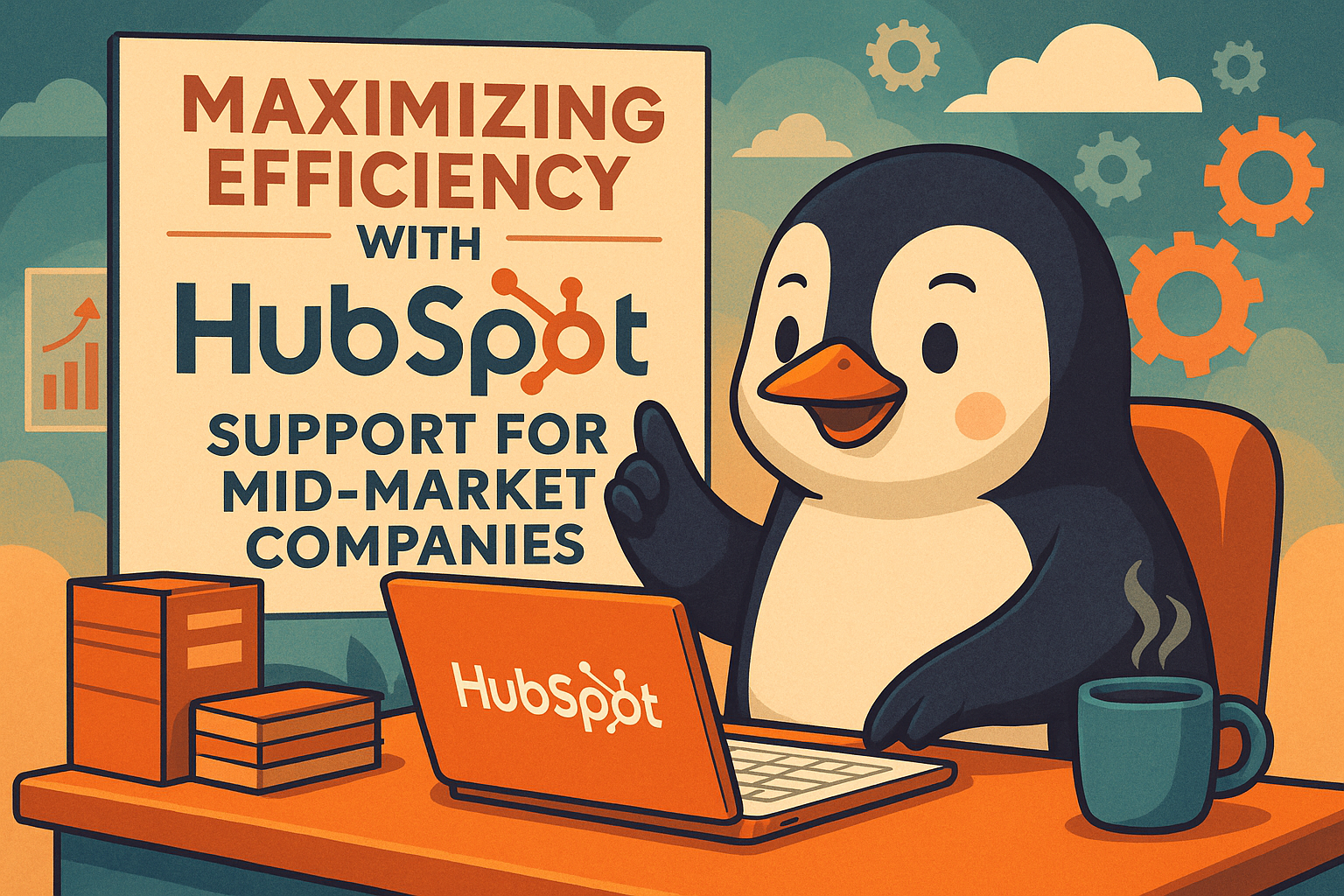
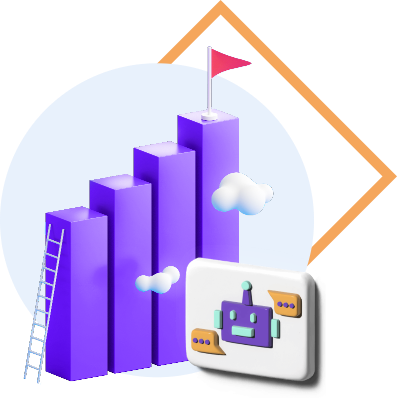
Before we delve into AI in marketing, it is important to define what is AI and its many implications for marketing today
At its core, Artificial Intelligence is a computerized system designed to mimic human intelligence and reasoning. Its applications range from speech recognition, image and pattern recognition, language processing, to decision making. Advanced algorithms and machine learning protocols allow AI systems to improve performance over time, increasing accuracy and efficiency.
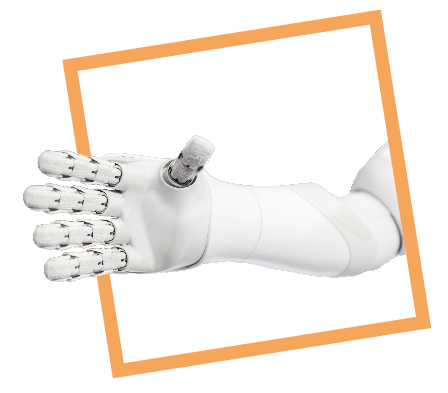
NLP allows machines to understand and interpret human language, enabling chatbots and virtual assistants to communicate with customers.
ML algorithms enable machines to learn from data and improve their performance over time. This can be used to optimize marketing campaigns, personalize content and predict customer behavior.
Predictive analytics use data, statistical algorithms and machine learning techniques to calculate the likelihood of future outcomes using historical data. This helps companies make data-driven decisions and predict customer needs.
Image and pattern recognition technology uses algorithms to analyze images and identify patterns. This can be used to analyze social media images and identify brand logos or products.
Chatbots are AI-powered virtual assistants that can handle customer inquiries and provide personalized recommendations.
AI-powered content generation and curation tools can produce high-quality content at scale, freeing up marketers to focus on more strategic tasks.
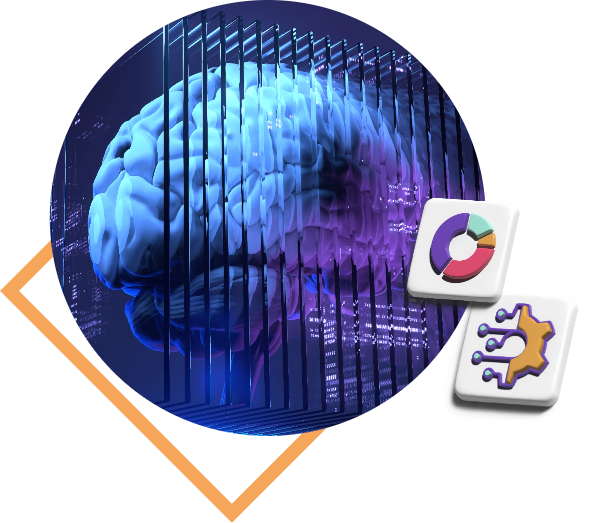
Know what AI can and can't do. AI doesn't consume content like humans and it doesn’t have emotions or personal experiences. Its outputs are based on the patterns it learned during its training. This is key to setting realistic expectations and optimizing use of the tool.
If you don’t know how to ask, you won’t be happy with the results. Prompts must be specific, unambiguous and detailed. Prompting is an iterative process and knowing the kinds of prompts you can use to get better results, (i.e. prompting it to think step-by-step for more detailed responses), is essential.
You will want to control the length and detail of the output. Using parameters such as temperature and max tokens will adjust the level of randomness and length of the output.
Warning: AIs have bias. You need to understand this bias as well as respect privacy and confidentiality. Make sure your team knows not to use AI for generating harmful or misleading content (even by accident).
To guide AI properly, you must know your domain. This will lead to more effective prompting and clearer understanding and QA of responses in the industry context.
AI can make mistakes. Factual inaccuracies, nonsensical statements and even inappropriate responses can be found inside your output.
AI is evolving rapidly. Stay up-to-date with the latest updates, capabilities and limitations of the AI tools you're using.
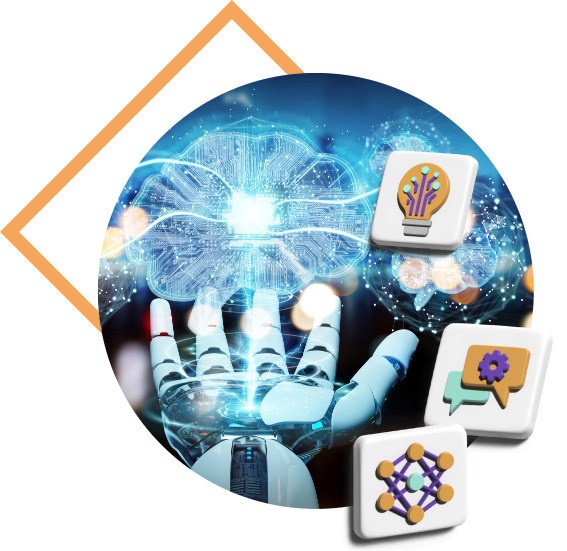
Generative AI can help create a wide range of content. Social media posts, websites, videos and more. Meaning that you can increase quality output when implemented correctly.
Everything does not always go according to plan. Generative AI powers your ability to pivot and quickly generate new and unique content without endless hours of research and briefing.
Increased personalization and targeting increase engagement. AI 10x your ability to create personalized content and deliver it accurately, supercharging your ABM campaigns.
AI automates or minimizes time spent on tasks such as data collection, campaign analysis and research so your team can focus on strategic marketing initiatives.
AI can analyze and interpret large amounts of data. Machine learning algorithms help B2B marketers gain valuable insights powering immediate tweaks and adjustments to optimize performance.
Generative AI can help create a wide range of content. Social media posts, websites, videos and more. Meaning that you can increase quality output when implemented correctly.
Everything does not always go according to plan. Generative AI powers your ability to pivot and quickly generate new and unique content without endless hours of research and briefing.
Increased personalization and targeting increase engagement. AI 10x your ability to create personalized content and deliver it accurately, supercharging your ABM campaigns.
AI automates or minimizes time spent on tasks such as data collection, campaign analysis and research so your team can focus on strategic marketing initiatives.
AI can analyze and interpret large amounts of data. Machine learning algorithms help B2B marketers gain valuable insights powering immediate tweaks and adjustments to optimize performance.
Make data-driven decisions using predictive machine learning algorithms
Create, optimize and distribute relevant content optimized for the appropriate channels
Automate email marketing campaigns, track your results and improve deliverability
Provide customer service, answer questions and drive sales 24/7/365
Track website traffic, identify engaged users and measure campaign effectiveness
Create and schedule posts, manage accounts, track results and mentions
Manage interactions and data throughout a contact’s lifecycle
Personalize user experiences on websites, apps, or in email marketing campaigns
Optimize content for search engines (B2B SEO) through keyword targeting, content structure , and link building
Optimize pay-per-click advertising campaigns, including keyword bidding, audience targeting and ad placement
Aggregate and analyze contact data from multiple sources to create a unified profile
Gather insights on consumer attitudes, preferences, and behavior
Make data-driven decisions using predictive machine learning algorithms
Create, optimize and distribute relevant content optimized for the appropriate channels
Automate email marketing campaigns, track your results and improve deliverability
Provide customer service, answer questions and drive sales 24/7/365
Track website traffic, identify engaged users and measure campaign effectiveness
Create and schedule posts, manage accounts, track results and mentions
Manage interactions and data throughout a contact’s lifecycle
Personalize user experiences on websites, apps, or in email marketing campaigns
Optimize content for search engines (B2B SEO) through keyword targeting, content structure , and link building
Optimize pay-per-click advertising campaigns, including keyword bidding, audience targeting and ad placement
Aggregate and analyze contact data from multiple sources to create a unified profile
Gather insights on consumer attitudes, preferences, and behavior
Like any new technology, you need to assess how it can help, where you should adopt it and why it brings value. We recommend using one of two methods:
This method focuses on actual use cases that you and your team can see have potential for improvement by using AI. For this to be the case, the answer to at least one of these three questions must be yes:
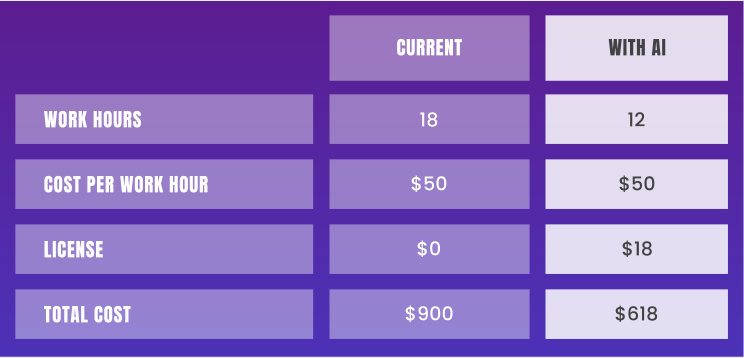
As opposed to the use case method, the problem solver method focuses on identifying existing challenges facing your team and then finding the solution. In this method, it is important to accurately define the challenge. We recommend using a SMART (Specific, Measurable, Achievable, Relevant and Time-Bound) statement.
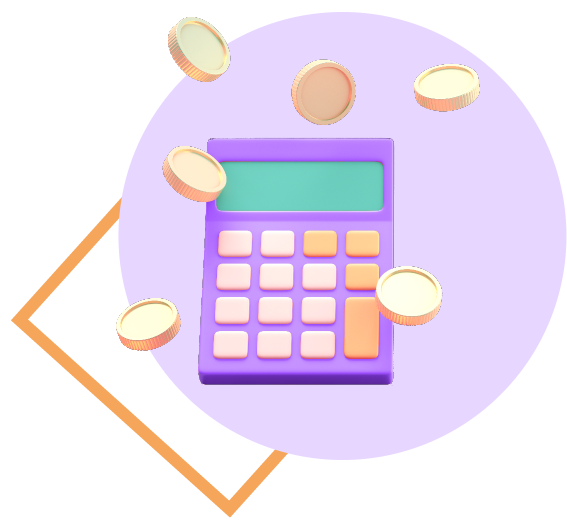
After you have chosen a tool and run the trial, continue measuring success. Create goals and follow up on KPIs.
Keep an eye on the market to see what is out there. Generative AI is evolving quickly and there may be a more advanced tool ready to take you to the next level.